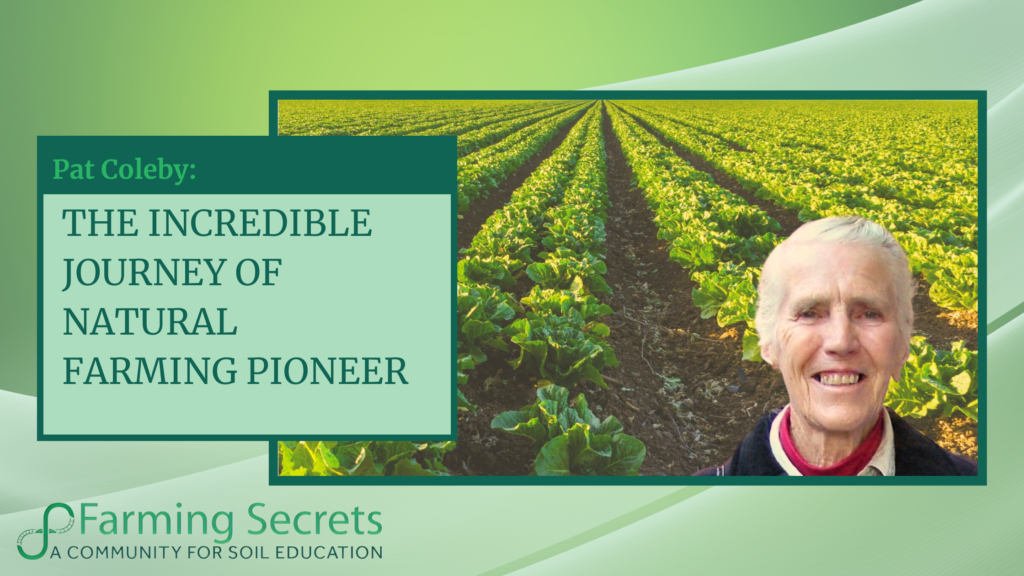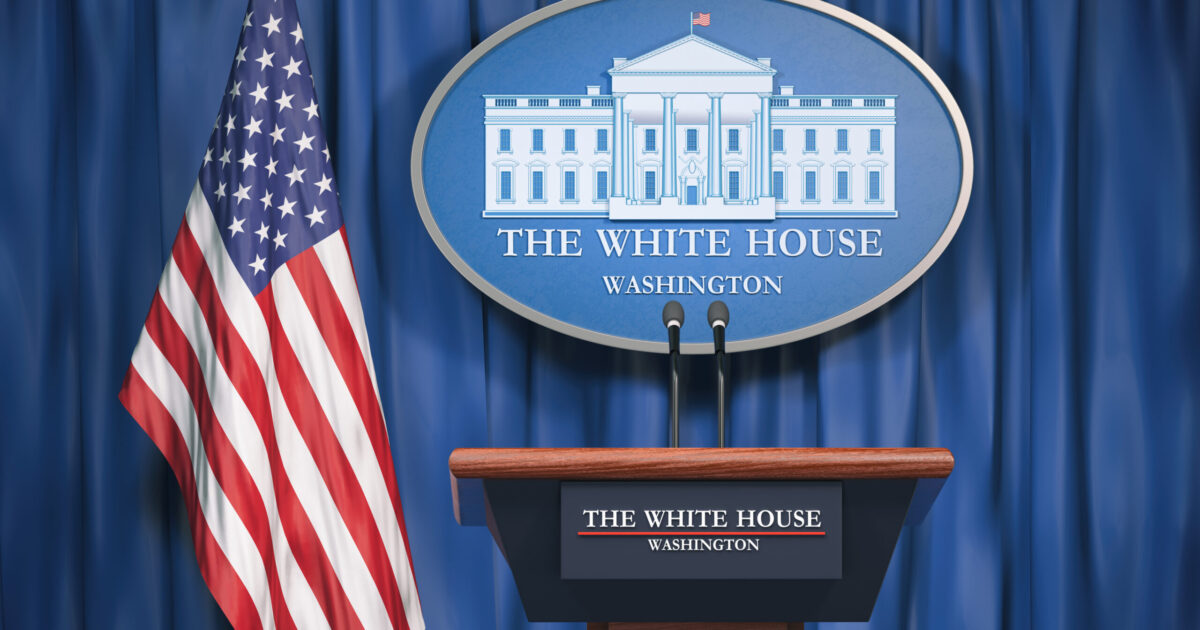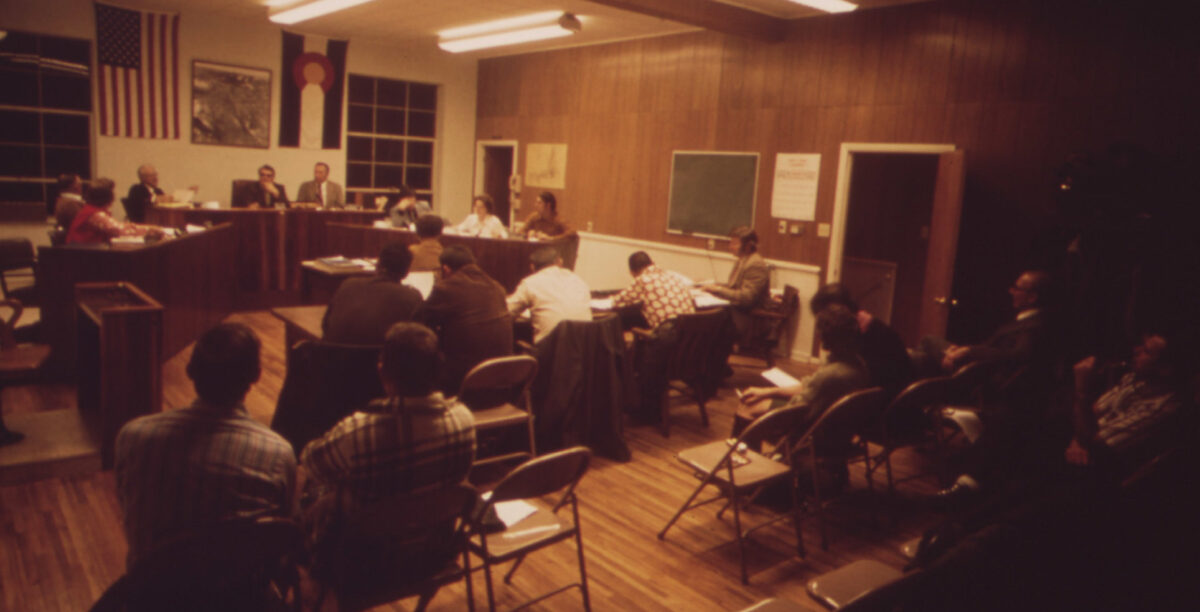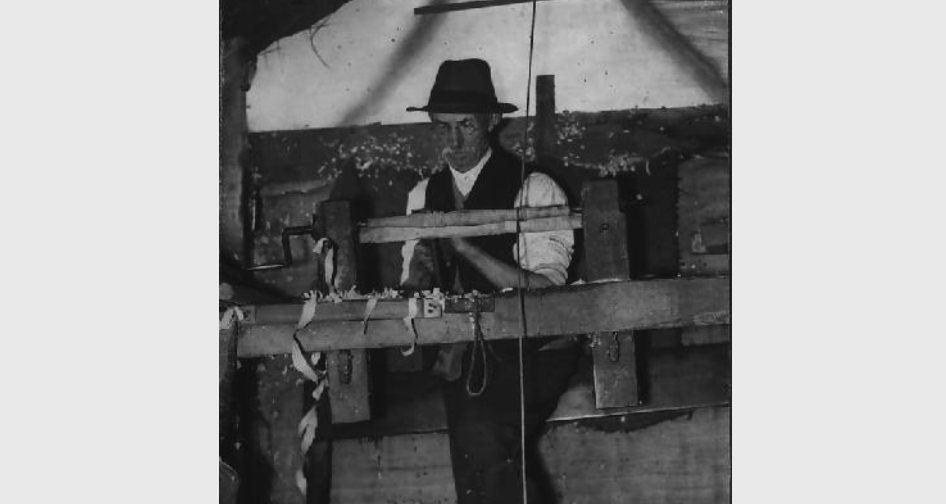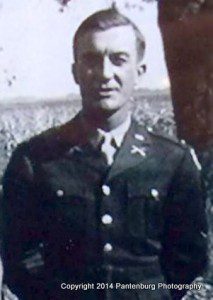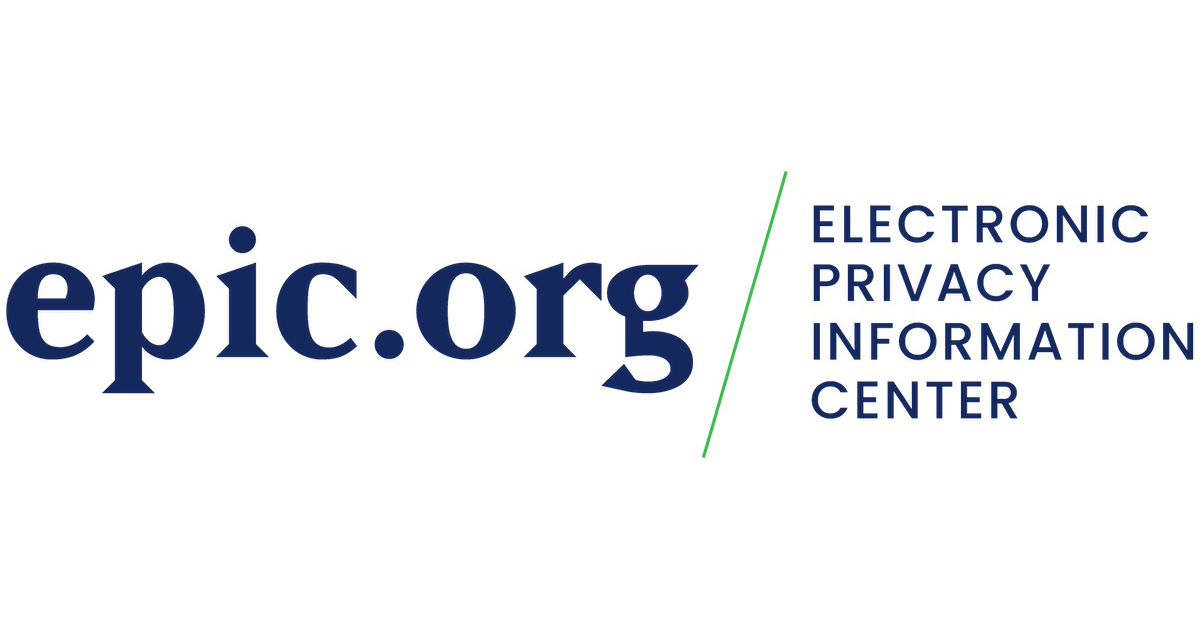Pat Coleby was born in England in 1920. Early on in her life Pat became interested in alternative health solutions after suffering chronic asthma as a child. This kickstarted a lifelong mission to find natural disease remedies without manufactured medicines. Her curiosity led her to constantly research and experiment with vitamins, minerals, and plants for healing properties.
Over the years, Pat’s knowledge reached people all over the world. She received countless calls from individuals seeking advice, a remarkable feat considering this was in a pre-internet era. She was among the first to provide guidance to those who wanted to support animals and grow crops without conventional treatments or synthetic fertilizers. Pat emphasized the use of seaweed and naturally occurring minerals to address common ailments, a recommendation that has gained worldwide recognition.
Helen and Hugo of Farming Secrets had the privilege of meeting Pat in 1991 when they discovered her books “Farming Naturally” and “Organic Animal Care.” They were inspired by her belief that animals should have access to natural minerals. Pat recognized the importance of self-selecting natural minerals for animals’ health. Her books became vital resources for farmers and animal enthusiasts worldwide and many still refer to them when a problem occurs. Her experience and advice saved many animals. Pat ended up writing comprehensive books on cattle, sheep, alpacas and goats, horses, and pets as well as a general one called “Natural Farming”.
Pat wrote to support her readers in their pursuit of a better farming system and a healthier environment. She hoped her books would aid them in this important endeavor.
Pat passed away at the age of 87 on June 1st, 2015. Throughout her life, she dedicated herself to the well-being of farm animals and shared her invaluable insights through her books.
Her passing was a significant loss to the natural care community for both land and animals. For all who knew and valued Pat and her teachings, we express our gratitude. At Farming Secrets, we still get people making contact needing her help or wanting one of her books. Pat’s legacy lives on through her books, which continue to inspire and educate those who share her passion for natural farming and holistic animal care.
Now her remarkable journey inspires a new generation of farmers to nourish farm life without chemicals.
Pat quoted Dr. Stuart Hill, who said, “A clever person solves problems – A wise one prevents them.” She believed that this quote encapsulated her approach to agriculture and animal care.
